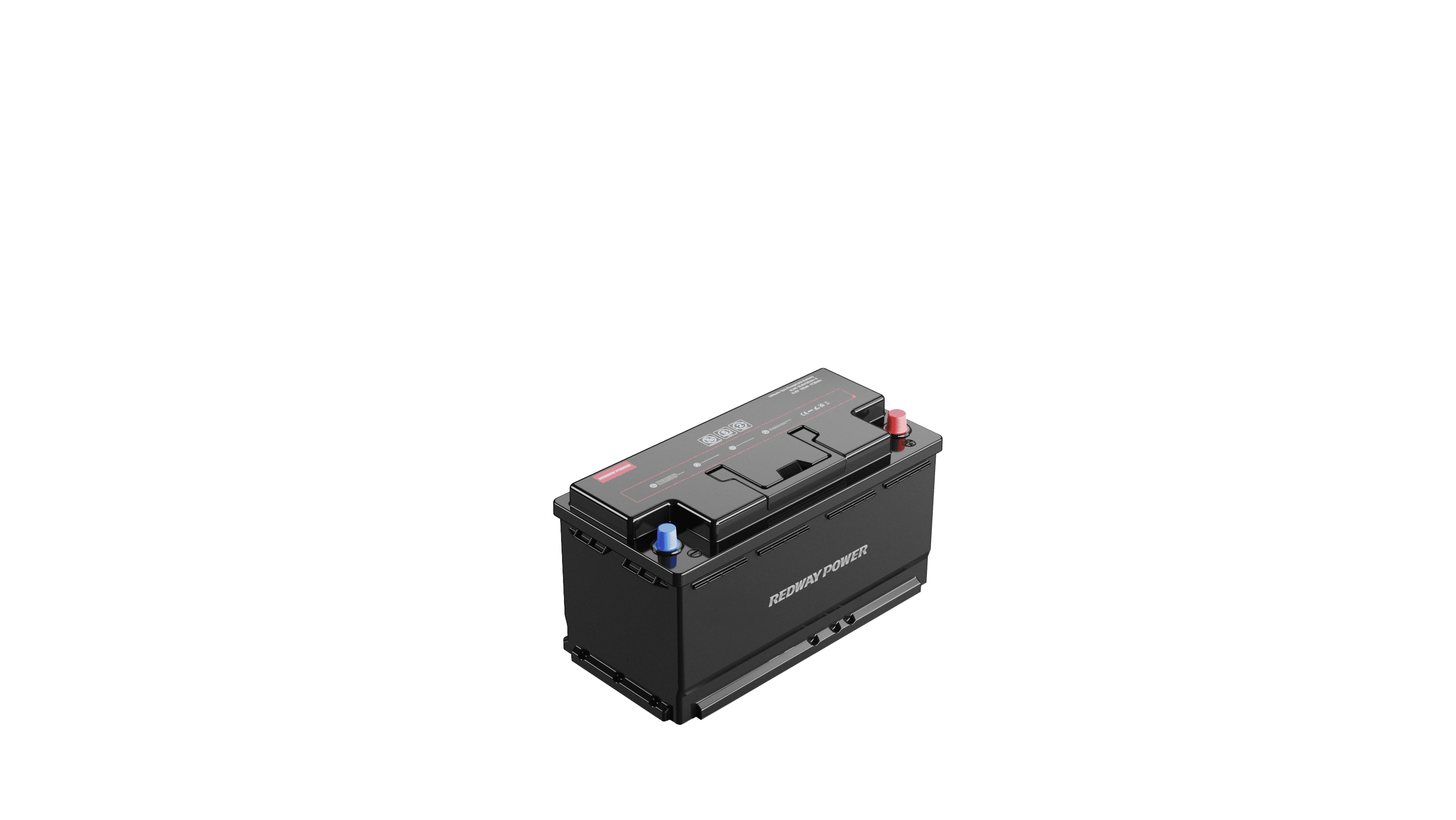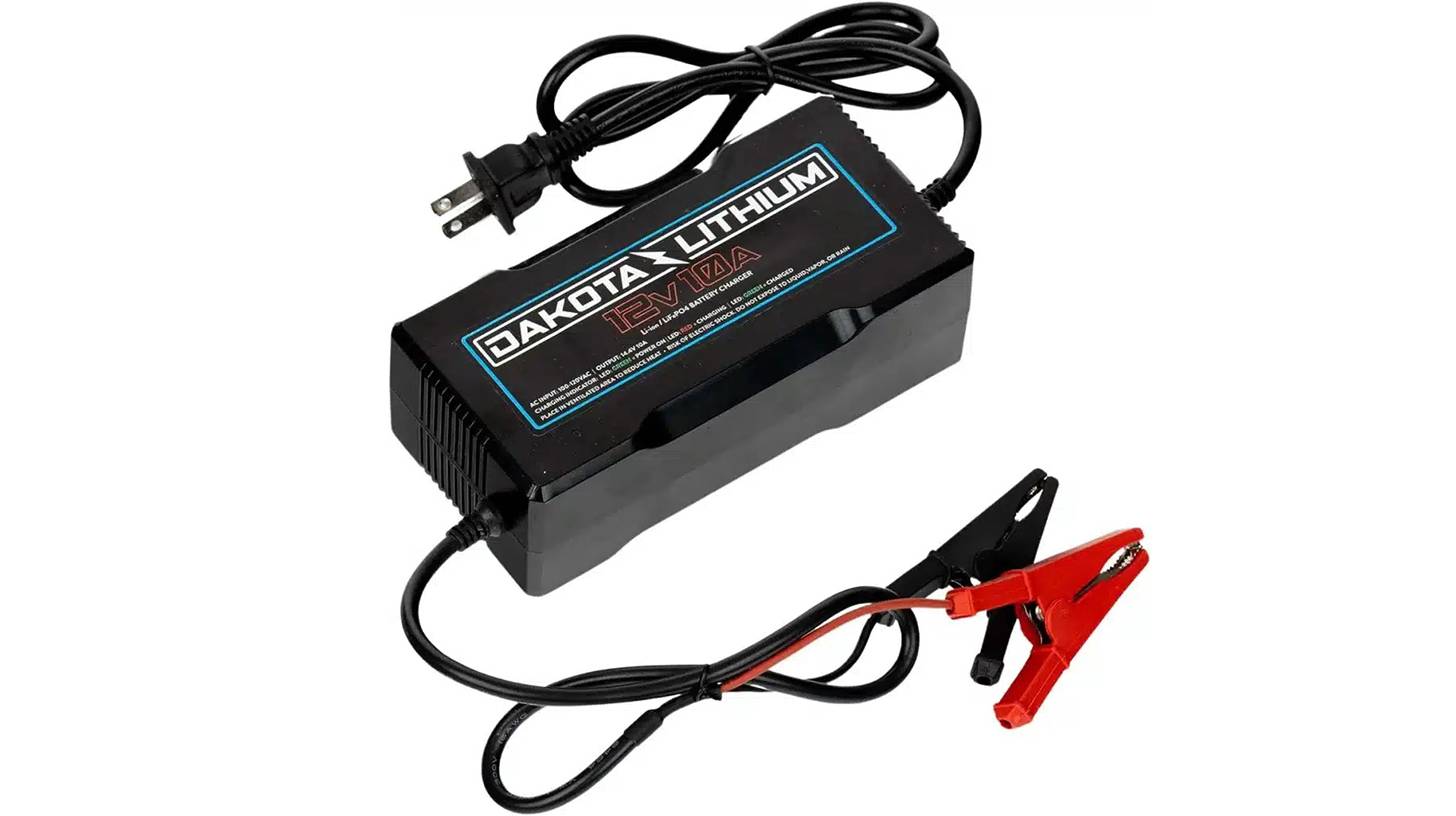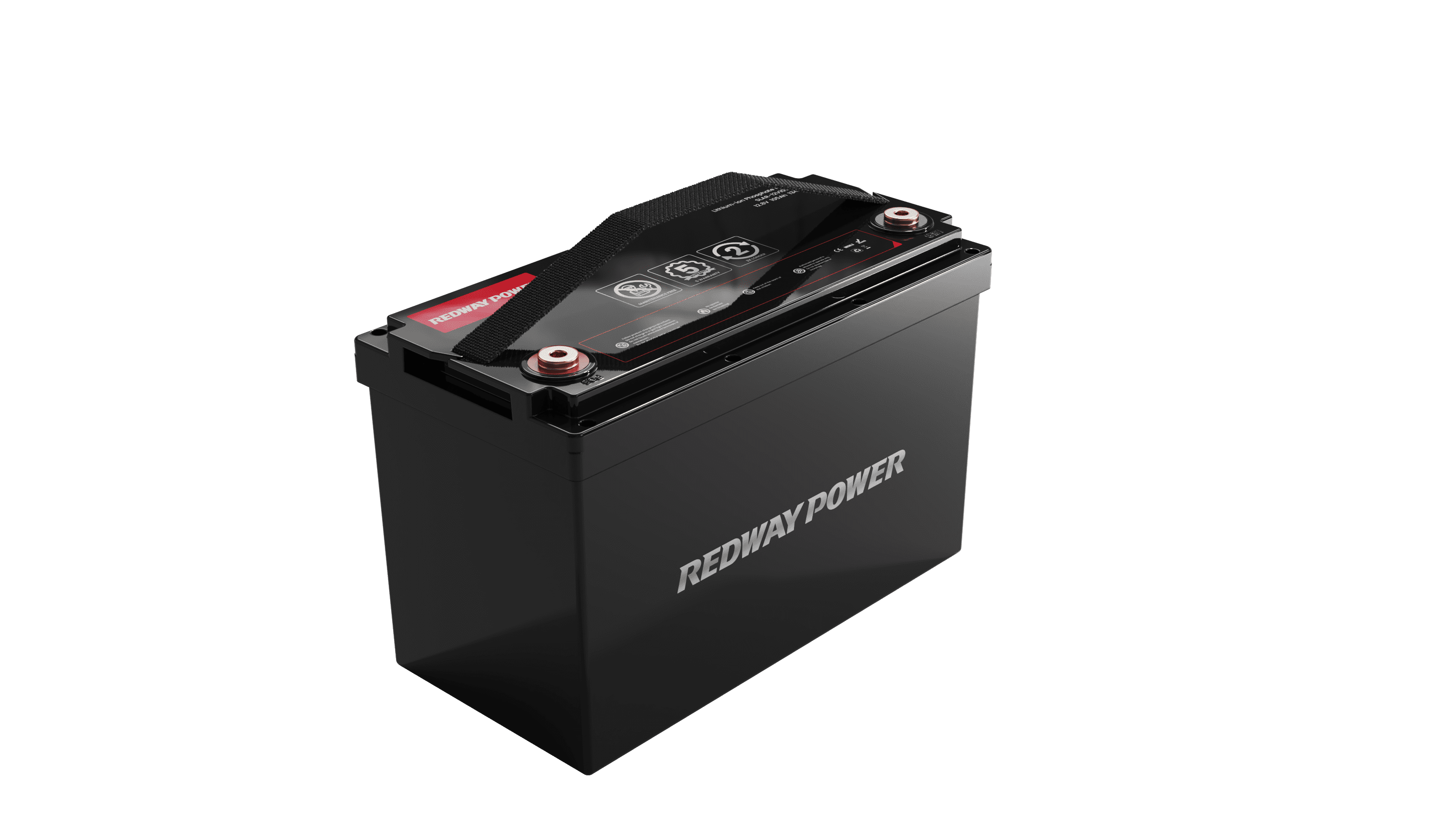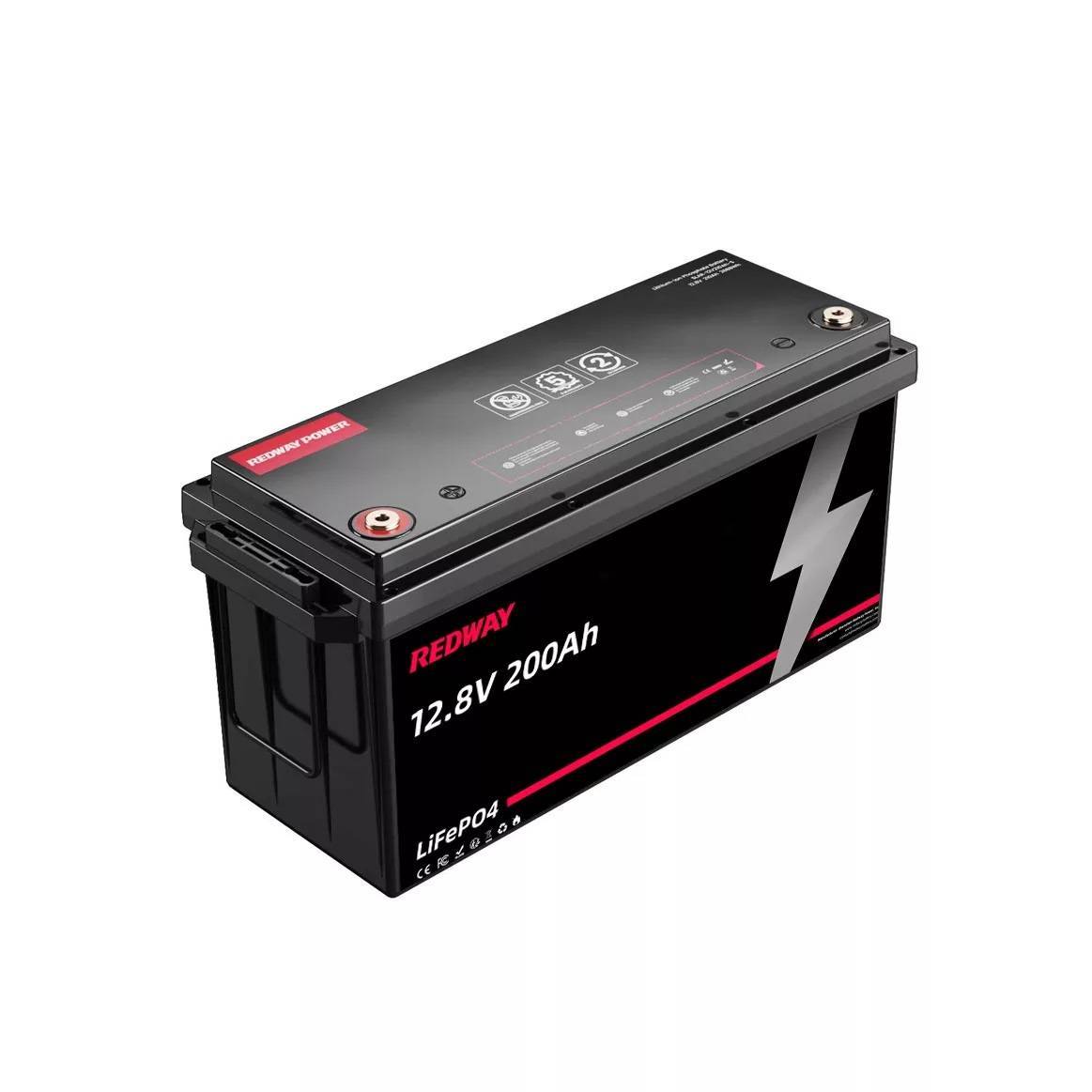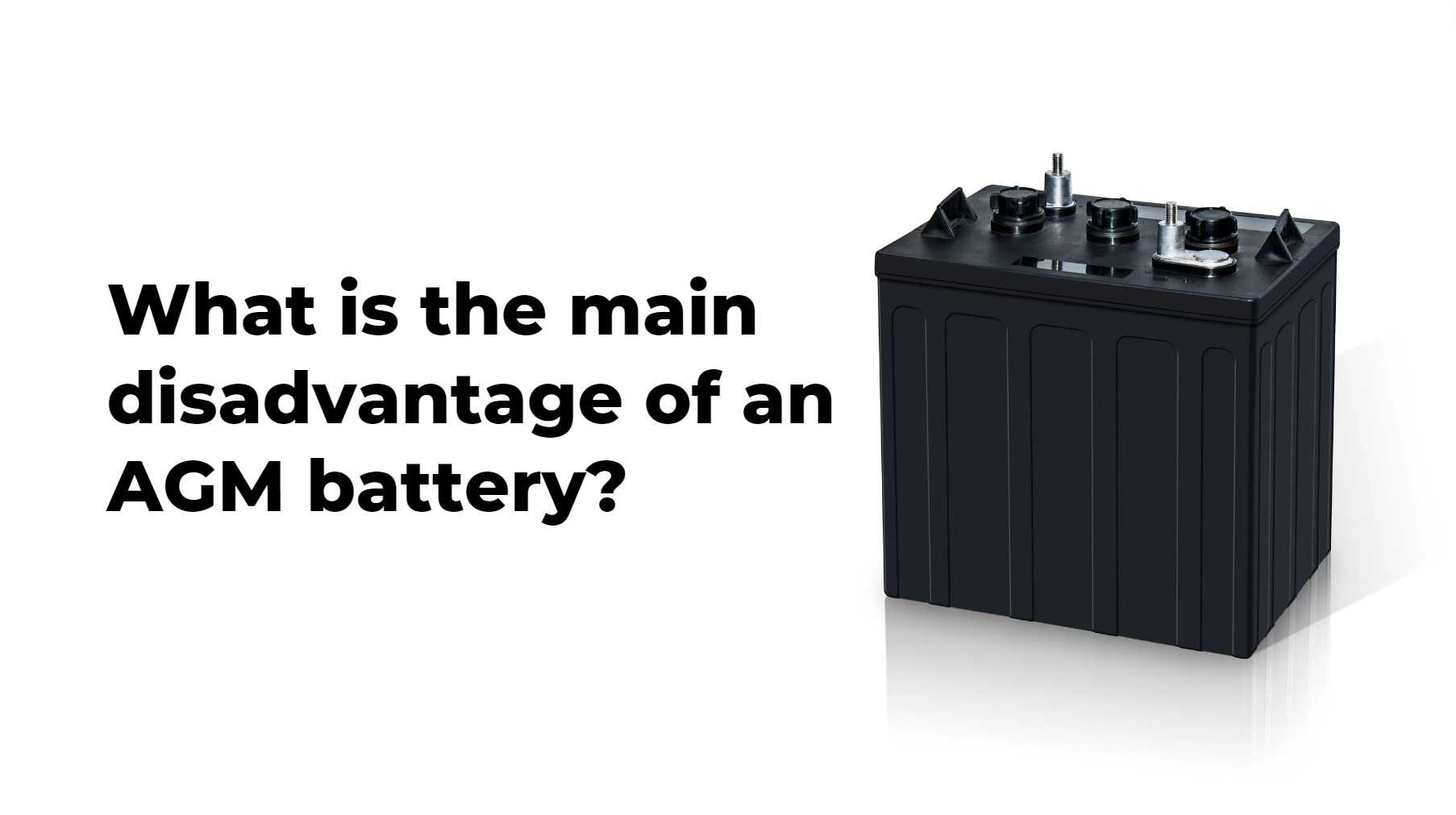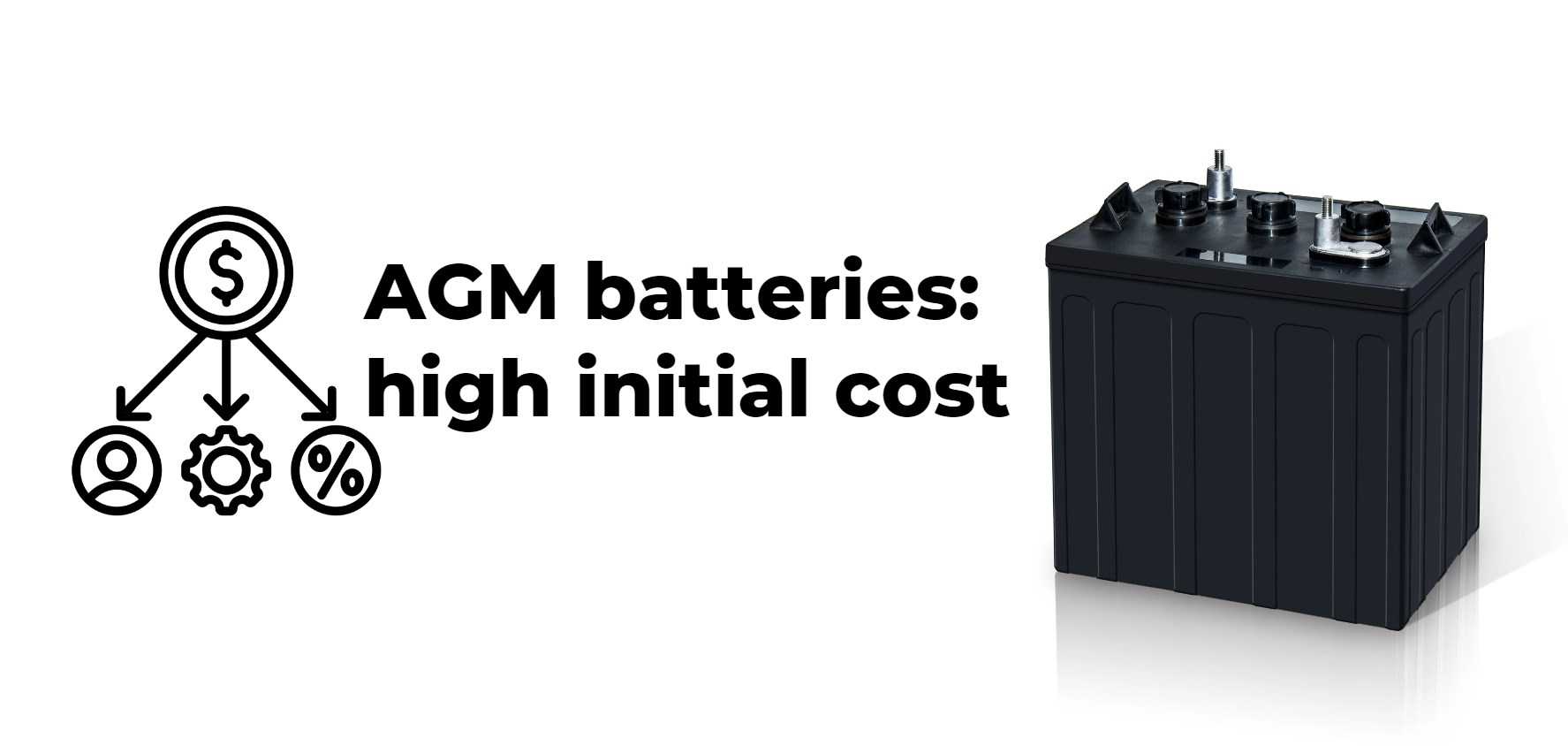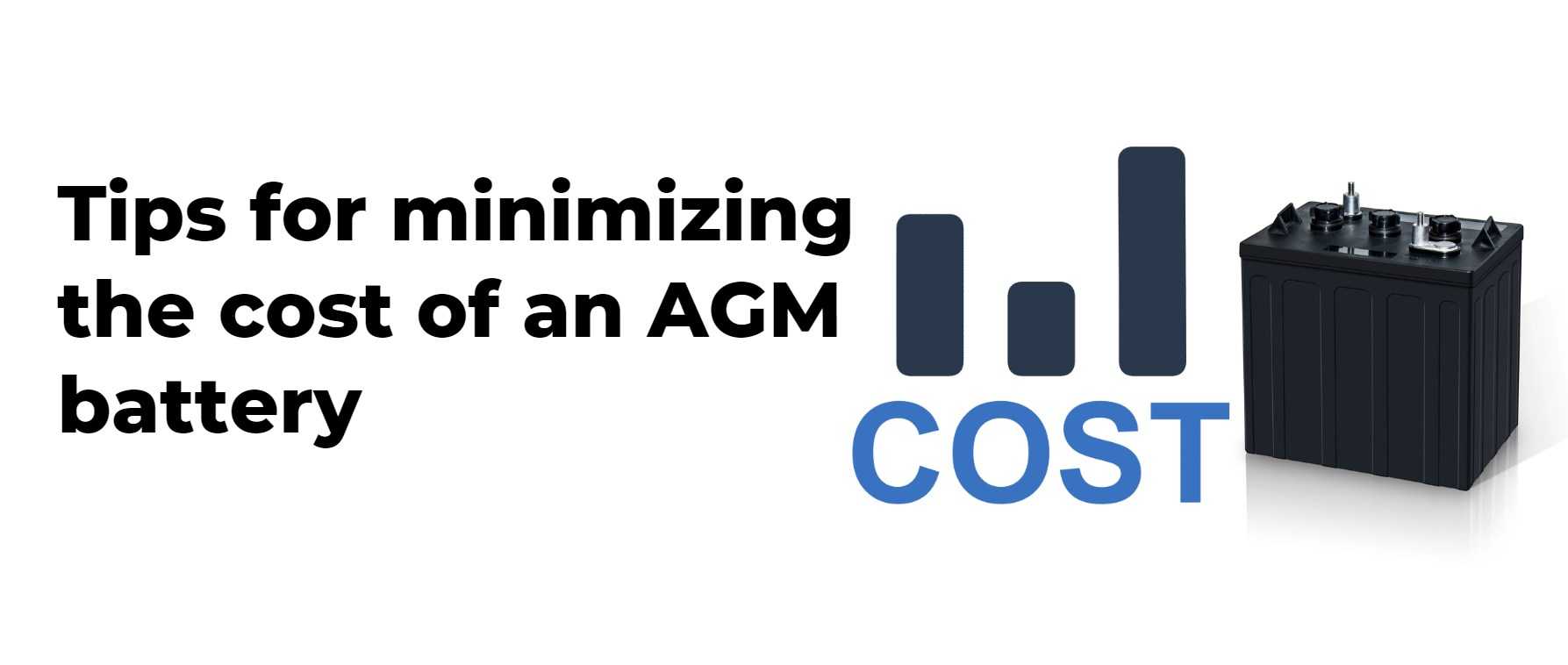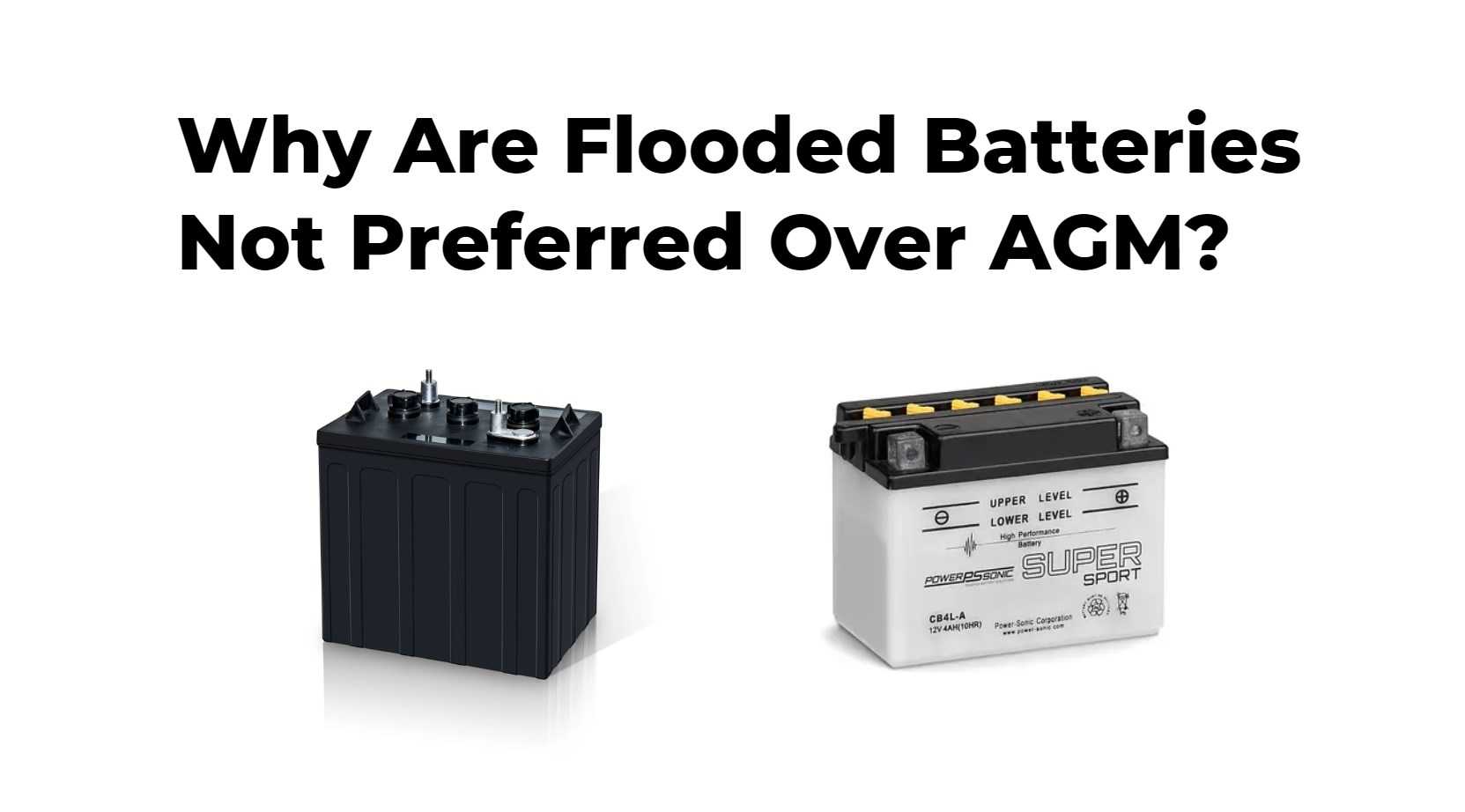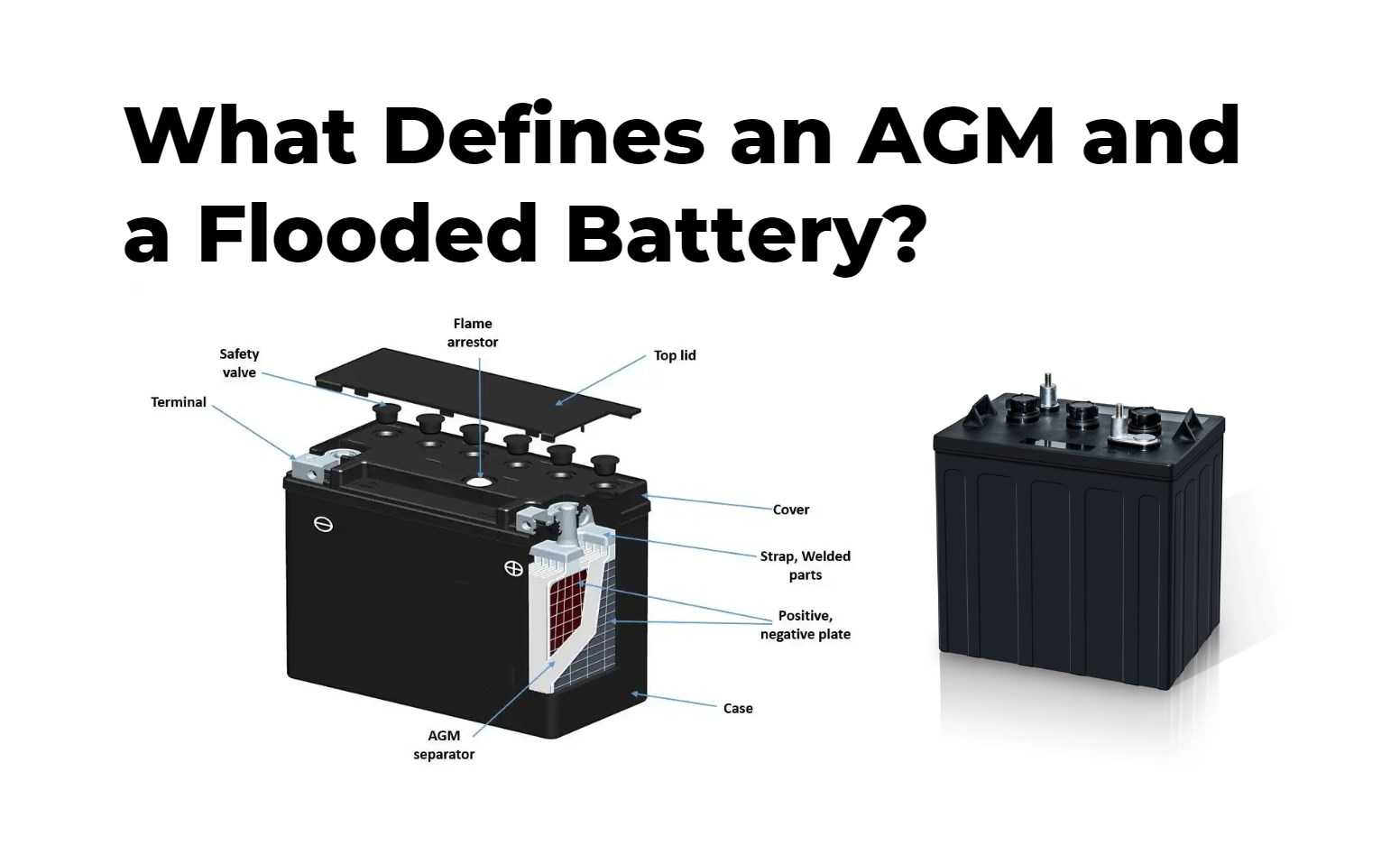Can you mix AGM and regular batteries?
Are you a battery enthusiast looking to power up your knowledge on AGM and regular batteries? If so, you’ve come to the right place! In this electrifying blog post, we’ll spark some insights into whether mixing these two types of batteries is a bright idea or a potential shocker. So, grab your volts and join us on this illuminating journey through the world of battery compatibility.
The differences between AGM and regular batteries
When it comes to batteries, there are two main types that you might come across: AGM and regular lead-acid batteries. The key difference between them lies in their construction.
AGM batteries use absorbent glass mat separators to hold the electrolyte solution, while regular batteries have the electrolyte free-flowing inside the battery casing. This design difference affects how they operate and perform.
Another distinction is in their maintenance needs. AGM batteries are generally considered maintenance-free because of their sealed construction, while regular lead-acid batteries may require occasional topping up with distilled water.
In terms of performance, AGM batteries typically have a longer lifespan and can handle deeper discharges compared to regular lead-acid batteries. However, they also tend to be more expensive upfront.
Understanding these variances can help you choose the right battery type for your specific needs and ensure optimal performance from your power source.
Benefits of using AGM and regular batteries together
Mixing AGM and regular batteries can offer unique benefits for certain applications. AGM batteries are known for their deep cycling capabilities, making them ideal for powering devices that require frequent discharging and recharging cycles. On the other hand, regular lead-acid batteries excel in providing high bursts of power, perfect for starting engines or heavy-duty equipment.
By combining these two types of batteries, you can optimize both power delivery and longevity. The AGM battery’s ability to handle deep discharges complements the regular battery’s strength in providing quick bursts of energy when needed most. This combination ensures a more balanced power supply while extending the overall lifespan of your battery setup.
Furthermore, mixing AGM and regular batteries allows for increased flexibility in your energy storage system. You can tailor your setup to meet specific power demands by strategically integrating different types of batteries based on their strengths and weaknesses. This versatility enables you to customize your power solution according to your unique requirements without compromising performance or reliability.
Potential risks and precautions to consider when mixing batteries
When it comes to mixing AGM and regular batteries, there are some potential risks and precautions that you should be aware of.
Mismatched battery types can lead to imbalances in the charging process, causing overcharging or undercharging which may result in reduced battery performance or even damage.
Different battery chemistries have varying charge/discharge rates and voltages. Mixing these batteries could potentially cause electrical issues such as short circuits or overheating.
To avoid these risks, it is crucial to carefully match the capacities and voltages of the batteries being used together. Additionally, always consult with a professional if you are unsure about compatibility.
Taking proper precautions when mixing batteries can help ensure safety and optimal performance for your devices.
Tips for safely mixing AGM and regular batteries
When it comes to mixing AGM and regular batteries, there are some key tips to ensure safety and optimal performance. It’s important to use batteries with similar voltage ratings. Mismatched voltages can lead to damage or even dangerous situations.
Always connect batteries in parallel rather than in series when mixing different types. This helps balance the load between them and prevents overcharging or discharging issues. Additionally, make sure the batteries are of similar age and condition for better compatibility.
Regularly monitor the battery bank when mixing different types to check for any signs of overheating or unusual behavior. And lastly, consult with a professional if you’re unsure about how to safely mix AGM and regular batteries together for your specific application.
Common misconceptions about mixing battery types
There are some common misconceptions about mixing AGM and regular batteries that need to be clarified. One misconception is that combining different types of batteries will automatically result in a more powerful energy source. In reality, mixing battery types can lead to uneven charging and discharging rates, potentially causing damage to the batteries.
Another misconception is that all batteries have the same voltage output, so they can be easily mixed and matched. However, AGM and regular batteries often have different voltage levels, which can create compatibility issues when used together.
Some people believe that as long as the batteries are connected in parallel or series correctly, there won’t be any problems. But improper connections can still lead to imbalances in charging and discharging cycles, reducing overall battery performance.
It’s important to dispel these misconceptions to ensure safe and efficient use of mixed battery types.
Conclusion
Mixing AGM and regular batteries is possible but requires caution. Understanding the differences between the two types of batteries, as well as the benefits and risks involved, is crucial for safely combining them in a system. By following the tips provided and being mindful of potential hazards, you can effectively use both AGM and regular batteries together to meet your power needs. Remember to prioritize safety first when experimenting with different battery types to ensure optimal performance and longevity for your energy storage setup.

